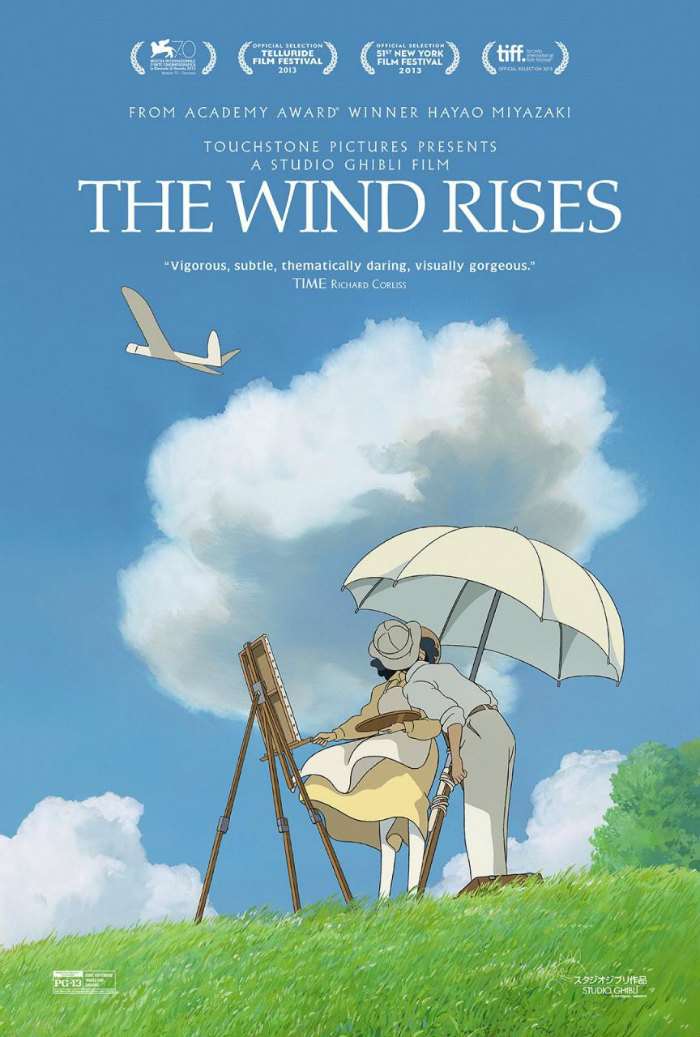There are many things that define a great game: attractive presentation; competent graphics, physics, and sound design; intuitive controls; and, above all else, mechanically-sound gameplay. But there's also something else, something that doesn't necessarily define how a game plays, but very much defines how a games feels, and how we remember it. That something else is music, and it's an important, if sometimes overlooked, part of the modern video game industry.
Below is a list of what I consider to be the top ten video game songs, sampled from the last thirty years of video games. Some of the songs are bombastic, others soulful and mellow, others subtly sweet. I hope you enjoy them as much as I do, and I hope they bring back some fond memories.
Without further ado, I present the top ten video game songs.
Feeling the urge to play air guitar? I don't blame you. Few video game themes are as catchy and invigorating as the music used in both Dr. Wily stages in Mega Man 2. Traditionally, Capcom used separate themes for each Wily encounter, but when you have access to a song this good, why bother?
I know what you're thinking. Where the %*#$ is Gerudo Valley? And where's Dragon Roost Island, you $@*#? As much as I enjoy those songs, I think Romance Theme from Skyward Sword just might be the finest track from the entire Zelda discography, and that's saying a lot. It's a beautiful medley of instruments -- flute, oboe, bassoon -- playing melodies and counter melodies. It's impossible not to smile when you hear it.
A game as beautiful as Okami deserves a beautiful soundtrack. And no song in Okami is quite as beautiful, or as complex, as The Sun Rises. Five instruments -- cello, violin, piano, shamisen, and shakuhachi -- are deployed to great effect in this song, which plays during a climactic boss battle.
Some series have so many excellent songs that they could fill up a top ten list on their own. Castlevania, which has been delighting video game fans for almost 30 years, is one such series. I was tempted to include songs from Rondo of Blood and Symphony of the Night, but none matched the rhythmic intensity of Wicked Child, which first appeared in Stage 3 of the original Castlevania. Those damn hunchbacks...
Rumor has it that Nintendo Gamer editor Matthew Castle loves Gusty Garden Galaxy so much that he played it on a loop while he wrote his Super Mario Galaxy review. Can't say that I blame him. Super Mario Galaxy boasts one of the finest orchestral soundtracks in any video game, ever, and Gusty Garden is probably its best track.
There are only so many musical geniuses in the video game industry: Koji Kondo, Nobuo Uematsu, and, yes, David Wise. His work in the Donkey Kong Country trilogy is especially good. The standout track in the premiere game is Fear Factory, a masterpiece of industrial, ambient sound.
#4
Big Blue
(F-Zero)
#3
Terra's Theme
(Final Fantasy VI)
#2
Halo Theme
(Halo: Combat Evolved)
#1
Stickerbush Symphony
(Donkey Kong Country 2)
Below is a list of what I consider to be the top ten video game songs, sampled from the last thirty years of video games. Some of the songs are bombastic, others soulful and mellow, others subtly sweet. I hope you enjoy them as much as I do, and I hope they bring back some fond memories.
Without further ado, I present the top ten video game songs.
#10
Dr. Wily Stage 1/2
(Mega Man 2)
Dr. Wily Stage 1/2
(Mega Man 2)
Feeling the urge to play air guitar? I don't blame you. Few video game themes are as catchy and invigorating as the music used in both Dr. Wily stages in Mega Man 2. Traditionally, Capcom used separate themes for each Wily encounter, but when you have access to a song this good, why bother?
#9
Romance Theme
(The Legend of Zelda: Skyward Sword)
Romance Theme
(The Legend of Zelda: Skyward Sword)
I know what you're thinking. Where the %*#$ is Gerudo Valley? And where's Dragon Roost Island, you $@*#? As much as I enjoy those songs, I think Romance Theme from Skyward Sword just might be the finest track from the entire Zelda discography, and that's saying a lot. It's a beautiful medley of instruments -- flute, oboe, bassoon -- playing melodies and counter melodies. It's impossible not to smile when you hear it.
#8
The Sun Rises
(Okami)
The Sun Rises
(Okami)
A game as beautiful as Okami deserves a beautiful soundtrack. And no song in Okami is quite as beautiful, or as complex, as The Sun Rises. Five instruments -- cello, violin, piano, shamisen, and shakuhachi -- are deployed to great effect in this song, which plays during a climactic boss battle.
#7
Wicked Child
(Castlevania)
Wicked Child
(Castlevania)
Some series have so many excellent songs that they could fill up a top ten list on their own. Castlevania, which has been delighting video game fans for almost 30 years, is one such series. I was tempted to include songs from Rondo of Blood and Symphony of the Night, but none matched the rhythmic intensity of Wicked Child, which first appeared in Stage 3 of the original Castlevania. Those damn hunchbacks...
#6
Gusty Garden Galaxy
(Super Mario Galaxy)
Gusty Garden Galaxy
(Super Mario Galaxy)
Rumor has it that Nintendo Gamer editor Matthew Castle loves Gusty Garden Galaxy so much that he played it on a loop while he wrote his Super Mario Galaxy review. Can't say that I blame him. Super Mario Galaxy boasts one of the finest orchestral soundtracks in any video game, ever, and Gusty Garden is probably its best track.
#5
Fear Factory
(Donkey Kong Country)
Fear Factory
(Donkey Kong Country)
There are only so many musical geniuses in the video game industry: Koji Kondo, Nobuo Uematsu, and, yes, David Wise. His work in the Donkey Kong Country trilogy is especially good. The standout track in the premiere game is Fear Factory, a masterpiece of industrial, ambient sound.
#4
Big Blue
(F-Zero)
The original F-Zero features several bold, original songs, including fan favorite Mute City, but to me Big Blue will always come out on top. Flashy, frenetic, almost hyperactive, it represents the breakneck speed of the game perfectly.
#3
Terra's Theme
(Final Fantasy VI)
Like Castlevania, Final Fantasy could dominate this list single-handedly. It's a series well known for its rich, diverse, and imaginative songs, including this gem from Final Fantasy VI. Terra's Theme is the most ubiquitous song in Final Fantasy VI, as it plays in the background on the world map. Smooth, steady, at times vaguely militaristic, it's probably the greatest overworld theme ever written.
#2
Halo Theme
(Halo: Combat Evolved)
What do Mr. Clean, Flintstones Vitamins, and Halo have in common? The same musical mastermind, Martin O'Donnell, wrote the themes to all three. And while his TV jingles are catchy, it's his bombastic, layered music in the Halo series that truly defines his skill as a composer. His greatest achievement is the main theme from Halo, which is heavy on deep drum beats, fast-paced strings, and, for good measure, a chant. It's the perfect invitation to the thrilling, alien, and mystical world of Halo.
#1
Stickerbush Symphony
(Donkey Kong Country 2)
Here it is, David Wise's magnum opus. Filled with the jazzy, ambient music that defined his work in the Donkey Kong Country trilogy, Stickerbush Symphony is a true work of art. It's soulful, earthy, and, in rare moments, even plaintive. It's a testament to Wise's skill in creating not only music, but sound as well.


